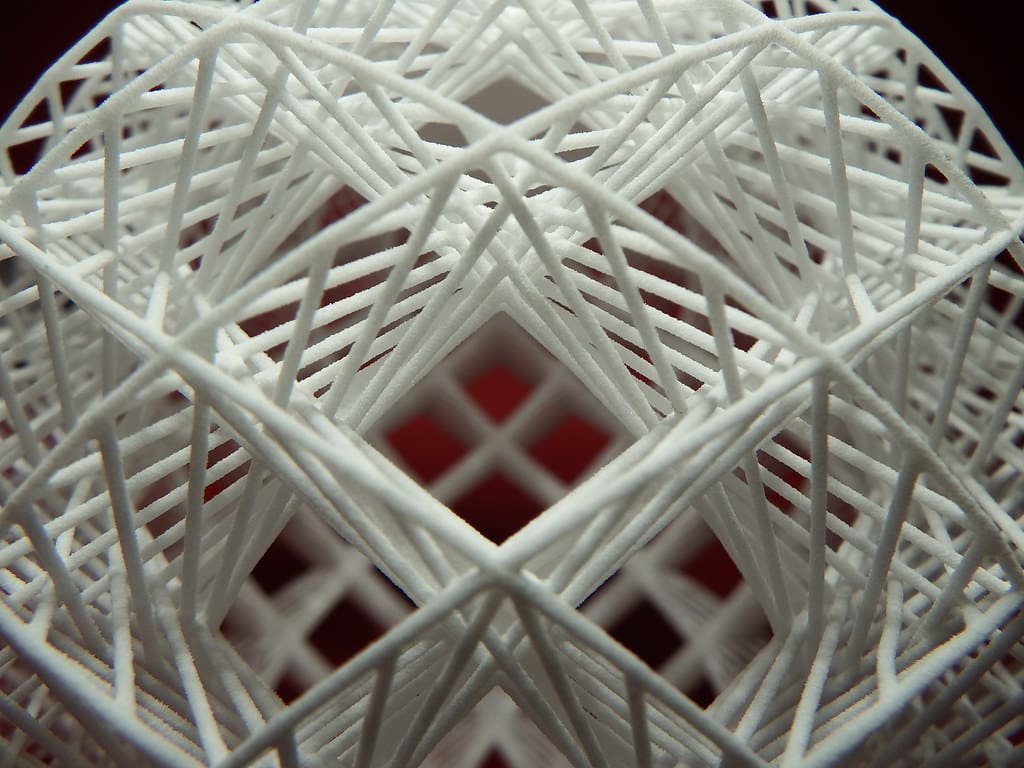Acoustic design is crucial in optimizing the auditory environment of spaces, from concert halls and theaters to office buildings and homes. It enhances sound quality by managing noise levels, reducing echoes, and improving sound clarity, which is essential for communication, performance, and overall auditory comfort. 3D printing, also known as additive manufacturing, is making significant strides in this field by enabling the creation of complex acoustic materials and structures with precise control over their design and properties. This technology offers innovative solutions that traditional manufacturing methods cannot achieve, transforming how acoustic environments are conceived and implemented.
The Emergence of 3D Printing in Acoustic Design
3D printing has expanded from prototyping to a pivotal manufacturing technology in various industries, including acoustic design. It allows designers to experiment with intricate geometric structures and bespoke materials that manipulate sound in specific ways. This capability is particularly valuable in acoustic design, where the shape and material of an object greatly influence its sound absorption, reflection, and diffusion properties.

Advantages of 3D Printing in Acoustic Design
Customization and Complexity: 3D printing enables the creation of complex, bespoke structures tailored to unique acoustic requirements. Designers can fabricate surfaces with specific textures and forms that precisely control sound waves within a given space.
Material Innovation: With a wide range of printable materials at their disposal, acoustic designers can produce objects that have specific sound-absorbing or reflecting properties. Innovations in composite materials also allow for multi-functional applications, combining strength, aesthetic qualities, and acoustic performance.
Rapid Prototyping and Testing: The ability to quickly produce prototypes makes it easier to test and refine acoustic solutions, significantly speeding up the development process and allowing for iterative improvements based on real-world testing.
Integration and Aesthetics: 3D printing facilitates the integration of acoustic solutions into the architectural design of a space. Acoustic elements can be made to complement the visual aesthetics, acting as both functional installations and decorative features.
Sustainability: By reducing material waste and enabling the use of recycled materials, 3D printing supports sustainable practices in acoustic design. This is increasingly important as industries seek to minimize their environmental impact.
Key Applications of 3D Printing in Acoustic Design
Concert Halls and Theaters: Custom acoustic panels and surfaces can be 3D printed to enhance sound quality and clarity for performances. These components can be uniquely shaped to fit the architectural elements of the space, optimizing sound distribution and absorption.
Recording Studios: Sound isolation booths, diffusers, and bass traps designed with 3D printing can address specific sound engineering needs of recording spaces, improving sound quality and reducing external noise interference.
Office Spaces: In corporate environments, 3D printed acoustic panels help manage noise levels, enhancing privacy and concentration. These can be designed to integrate seamlessly with the office décor.
Home Acoustics: Residential spaces benefit from customized acoustic designs that improve sound insulation and room acoustics, enhancing the auditory experience of home theaters and living areas.
Public Spaces: In locations like airports and shopping malls, 3D printed acoustic solutions can significantly improve speech intelligibility and comfort by managing ambient noise levels and reducing echo.

Challenges in 3D Printing for Acoustic Design
Material Limitations: While there are many materials available for 3D printing, finding materials with the right acoustic properties—particularly for high fidelity applications—can be challenging.
Technical Expertise: Effective use of 3D printing in acoustic design requires deep knowledge of both acoustic principles and 3D printing technologies. This dual expertise is necessary to fully exploit the potential of 3D printed acoustic solutions.
Cost Efficiency: Depending on the scale and the specific requirements of a project, 3D printing can be costly, particularly when high-grade materials are needed for superior acoustic performance.
Scaling Production: While 3D printing is excellent for prototyping and small-scale production, scaling up to larger volumes can be problematic and may not always be cost-effective compared to traditional manufacturing methods.
Future Directions in 3D Printing for Acoustic Design
The future of 3D printing in acoustic design looks promising, with ongoing advancements in printer technology and material science expected to enhance its capabilities further. Future developments may include the creation of new materials specifically engineered for acoustic applications, improvements in printing resolution and speed, and more integrated software solutions that combine acoustic simulation with design and printing processes.
3D printing is revolutionizing acoustic design by providing precise control over the creation of sound-managing structures and by offering innovative solutions that integrate seamlessly into various environments. As the technology continues to evolve, it promises to open up even more possibilities for enhancing acoustic environments, making high-quality sound management accessible in more spaces than ever before. The convergence of technology, art, and science in 3D printing for acoustic design not only improves functionality but also elevates the aesthetic integration of sound solutions into everyday spaces.








